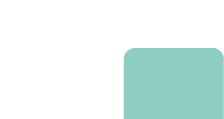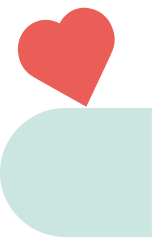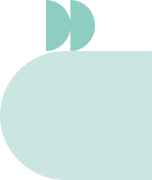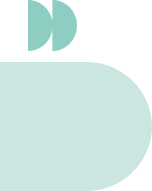How we helped Pinterest to scale their Design Process?
Client
Pinterest
Sector
Technology, Media & Telecom
Technology, Media & Telecom
Type of service
Design Organization|Building Capabilities
Design Organization|Building Capabilities
Organizational ChangeTeam Integration


The Challenge

In the past few years, the Pinterest Design team has been growing quite a lot, bringing new expertise to the team, adding new functions & roles, and hiring new people with diverse backgrounds & ways of working. However while the Design department began to add specialized disciplines like Research, Content Design and Design Systems to the mix, their process and the way they were collaborating didn’t change.
This growth started to impact the way the Design team used to work, creating new challenges for the team on the process they follow to design high quality products for their users. The Design team had to constantly renegotiate engagement models between Engineering, Product Management and Design. Despite Pinterest's growth, the team was still operating with a startup mindset. This has led to some challenges, such as lower team engagement, variations in working methods, and a need for a more shared vision.
This is where we came in to help them. Our challenge was to help Pinterest Design teams to set new standards for excellence by embracing change, fostering collaboration and cultivating a culture of continuous improvement. To achieve this objective, we helped them to co-create a set of principles on how to work and connect with each other, in order to feel more involved and engaged with their role and the company.
This growth started to impact the way the Design team used to work, creating new challenges for the team on the process they follow to design high quality products for their users. The Design team had to constantly renegotiate engagement models between Engineering, Product Management and Design. Despite Pinterest's growth, the team was still operating with a startup mindset. This has led to some challenges, such as lower team engagement, variations in working methods, and a need for a more shared vision.
This is where we came in to help them. Our challenge was to help Pinterest Design teams to set new standards for excellence by embracing change, fostering collaboration and cultivating a culture of continuous improvement. To achieve this objective, we helped them to co-create a set of principles on how to work and connect with each other, in order to feel more involved and engaged with their role and the company.

Our Approach
1
Mapping the process
We started by mapping the current Design process, by conducting a series one-on-one interviews with all heads of functional design areas and small groups sessions cross functional teams (Product Design, Content Design, Research, Design Systems, DPMs).
2
Getting inspired
We also carried out a series of in-depth interviews with experts from best in-class companies to identify good practices in the industry. This helped us to capture each discipline's unique roles, tasks & responsibilities, but also to understand interactions, habits & rituals within the team.
3
Co-creating with the team.
Once identified the root causes, the second step was to map out challenges and co-create principles for improved collaboration within the Design team. Through an intense two days workshop and follow-up sessions with the main stakeholders, we started to co-create together with the Design team potential new ways of getting connected and gain awareness of their own value and impact.
4
Defining initiatives
This is when we started to define a series of concrete initiatives for the team to get prepared for this change, with a structured pipeline on what was critical to resolve right now, what were more mid or long term necessities and in what sequence all the challenges should be tackled.
5
Spreading the word
We finally built a repository of each discipline’s specific scope, and created a Playbook to make sure all the teams were aligned on the role and responsibilities of each discipline. This Playbook was conceived to be used as an ever evolving tool to make its content will always be adapted to the growth of the team.

Outcomes
The strategic outcomes delivered to our client encompassed three main areas: shared vision and purpose, adaptable collaboration models and holistic team integration.
- NorthStar strategy: Our initiative emphasized the importance of establishing a shared vision and purpose among team members, regardless of their roles or backgrounds. Alongside identifying key challenges and providing examples of best-in-class competitors, we ensured alignment towards a common north star vision. This unified direction fostered cohesion and clarity within the team, driving collective efforts towards shared goals.
- Reorg & Collaboration Models: Recognizing that collaboration models are dynamic and subject to change, we provided a roadmap of initiatives organized into different workstreams. Inspired by the Vision, each initiative addressed identified challenges and opportunity spaces, with detailed plans and stakeholders for implementation. By embracing flexibility and openness to change, teams were better prepared to navigate shifting dynamics and maintain high levels of efficiency.
- Playbook to enhance holistic team integration:In addition to internal collaboration, we underscored the importance of considering the broader organizational context. Our Live Playbook served as a synthesized source of truth for the Design Team, outlining the shared vision, roles & responsibilities, and the design process. By aligning principles and approaches across teams, we promoted seamless interaction and synergy, ultimately enhancing overall organizational effectiveness.







